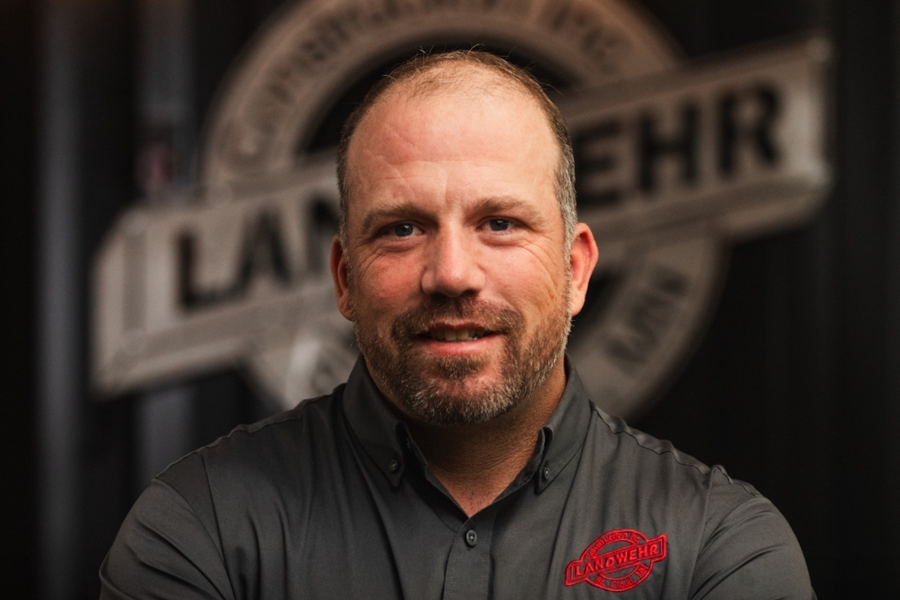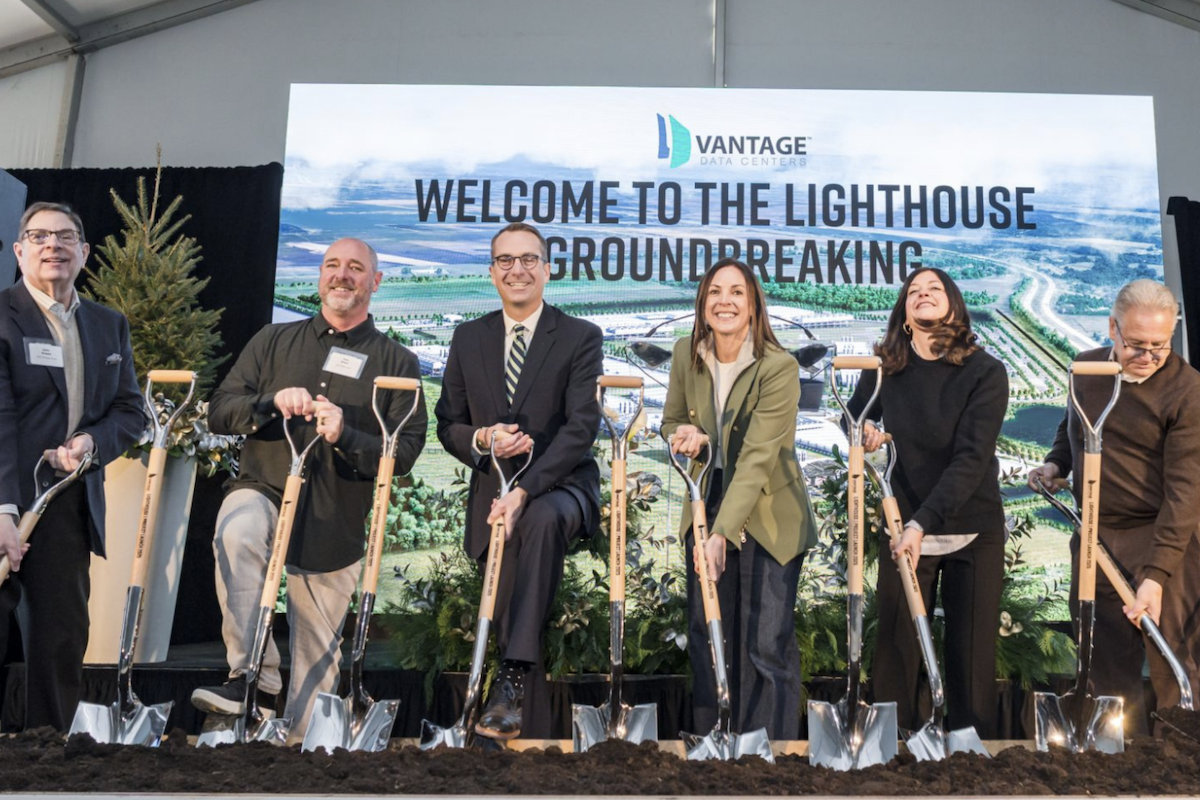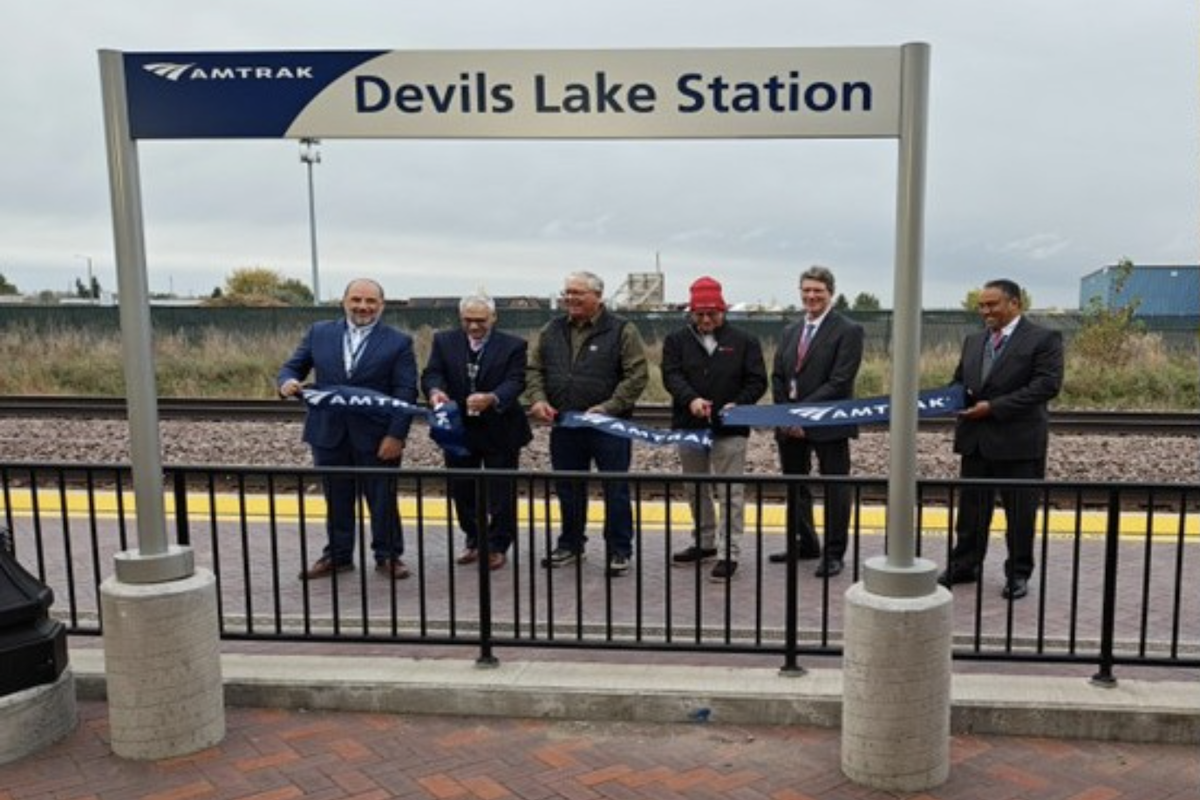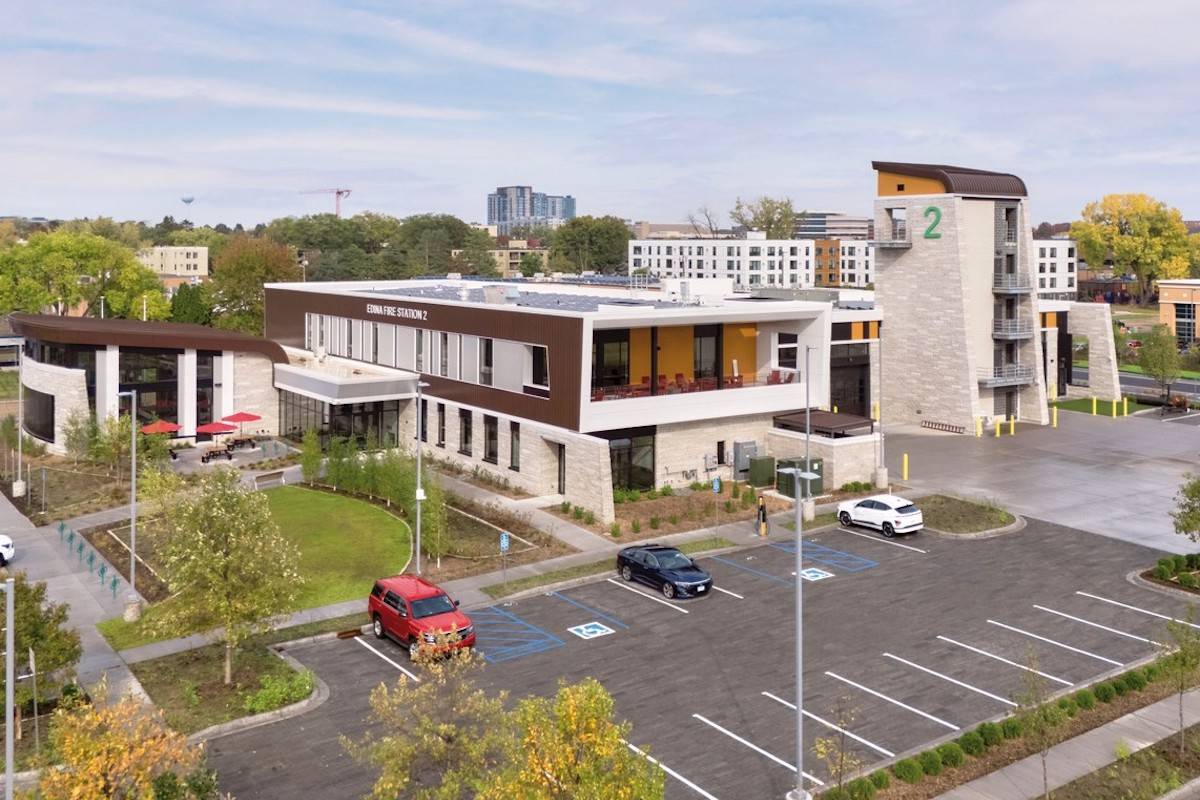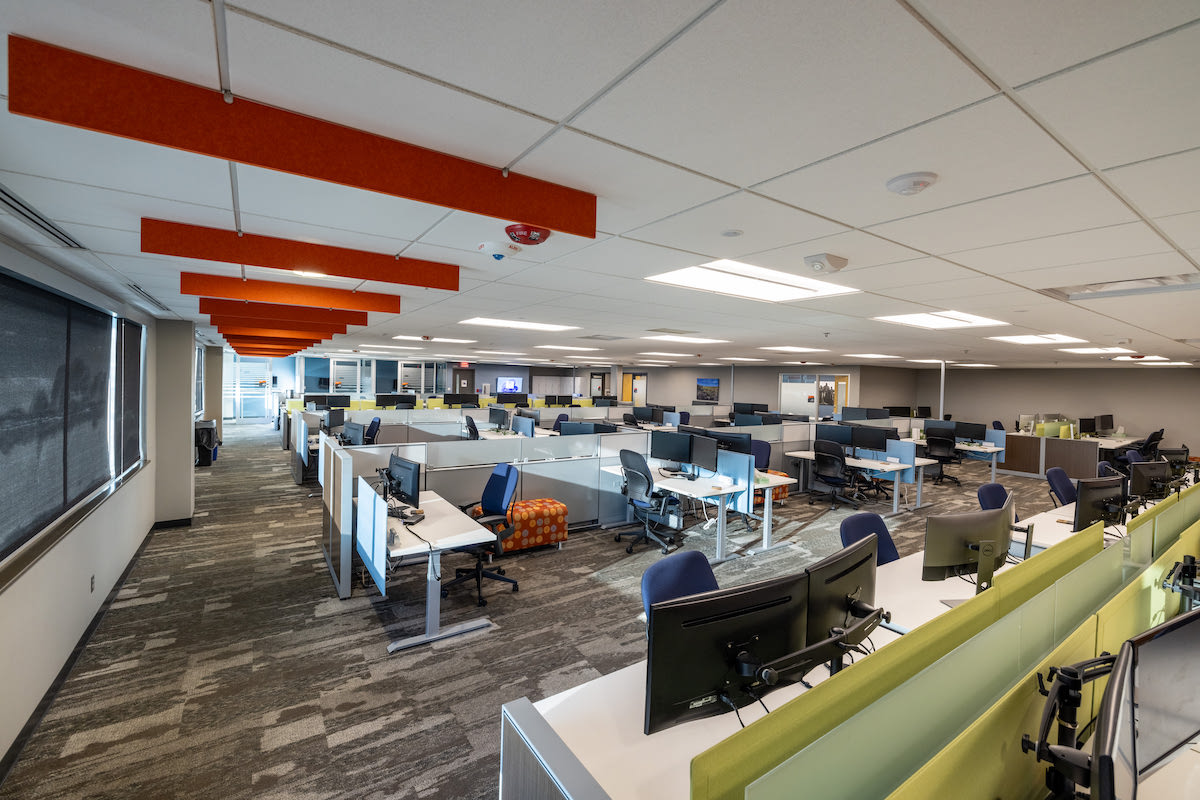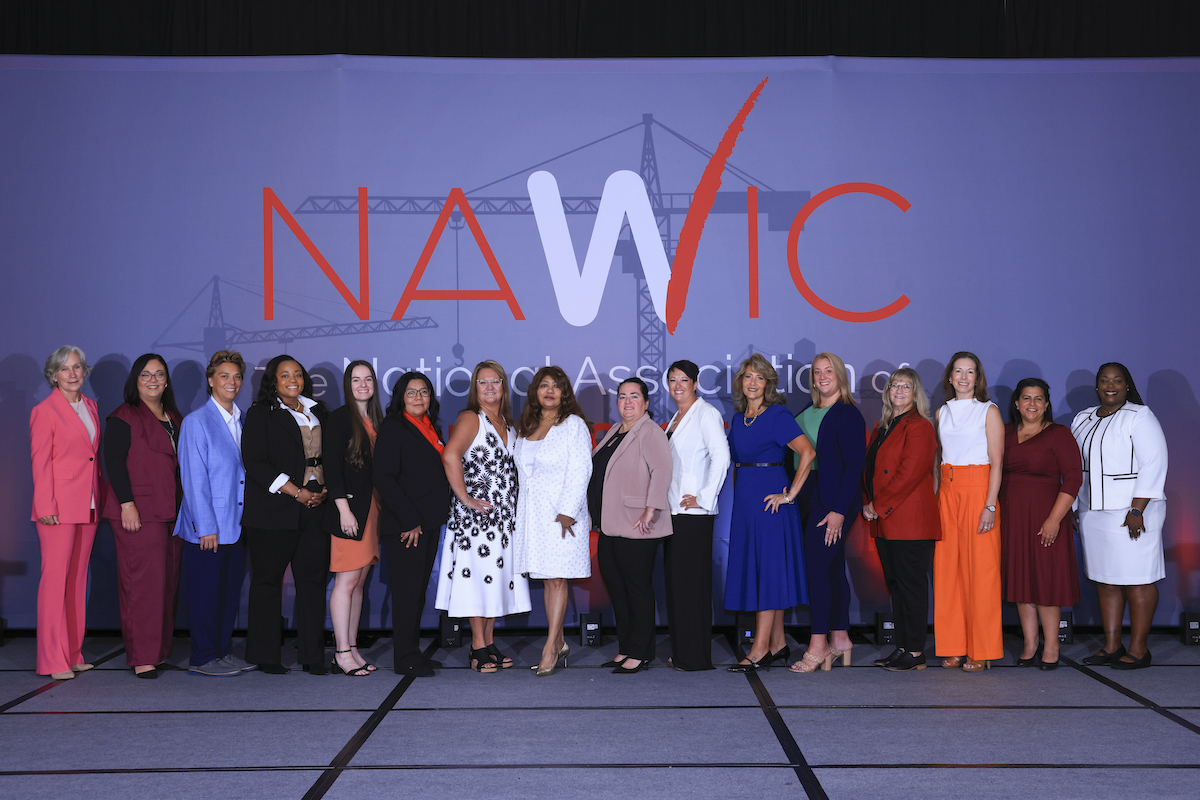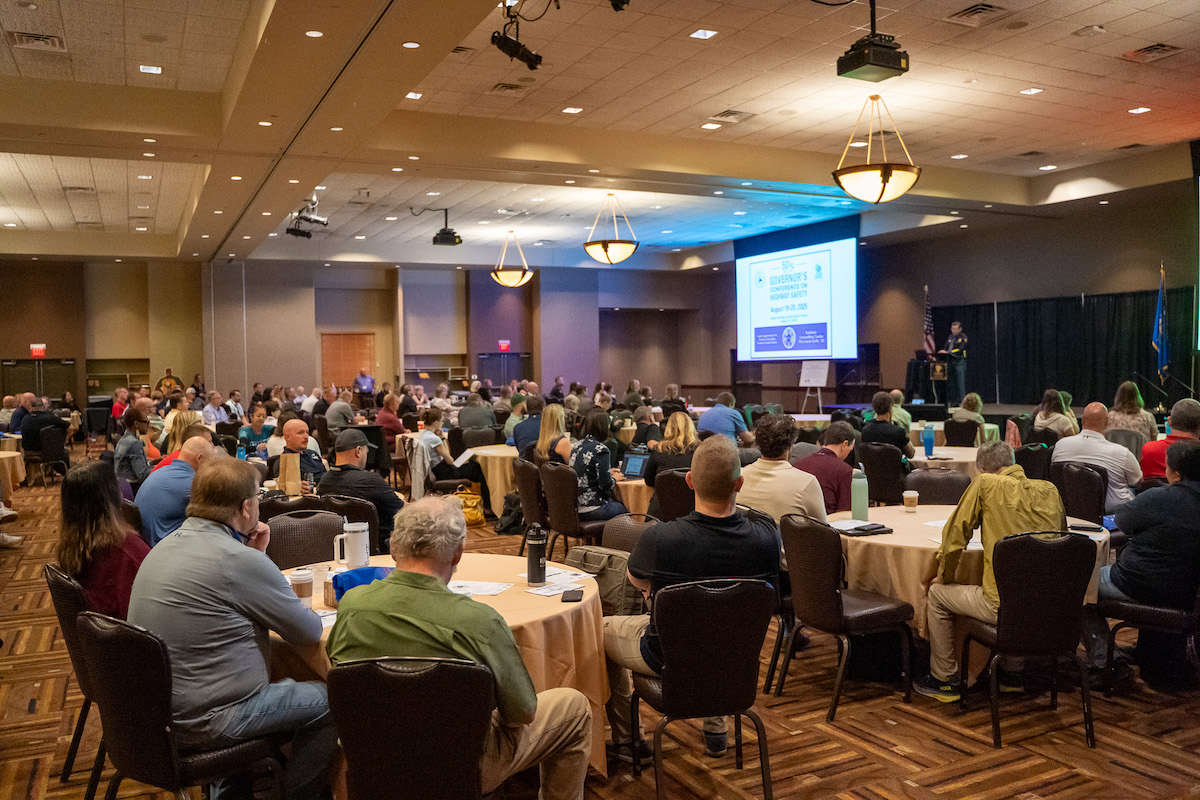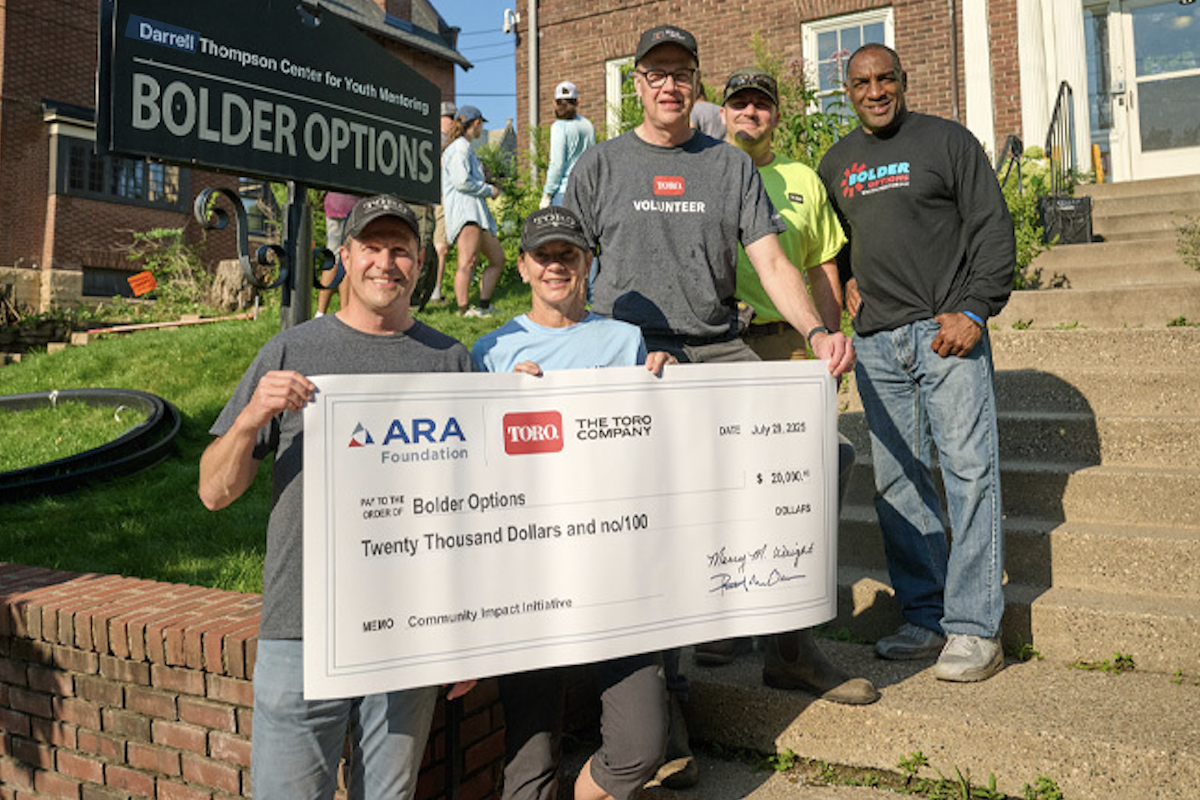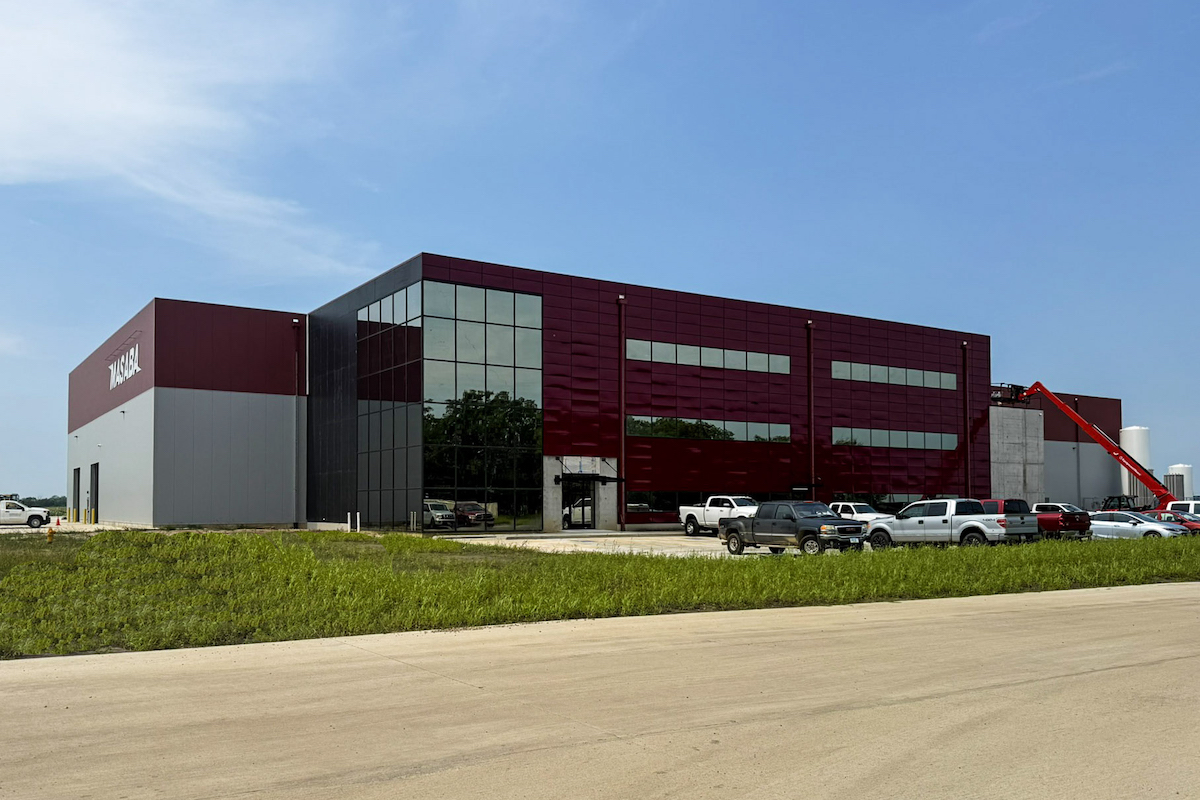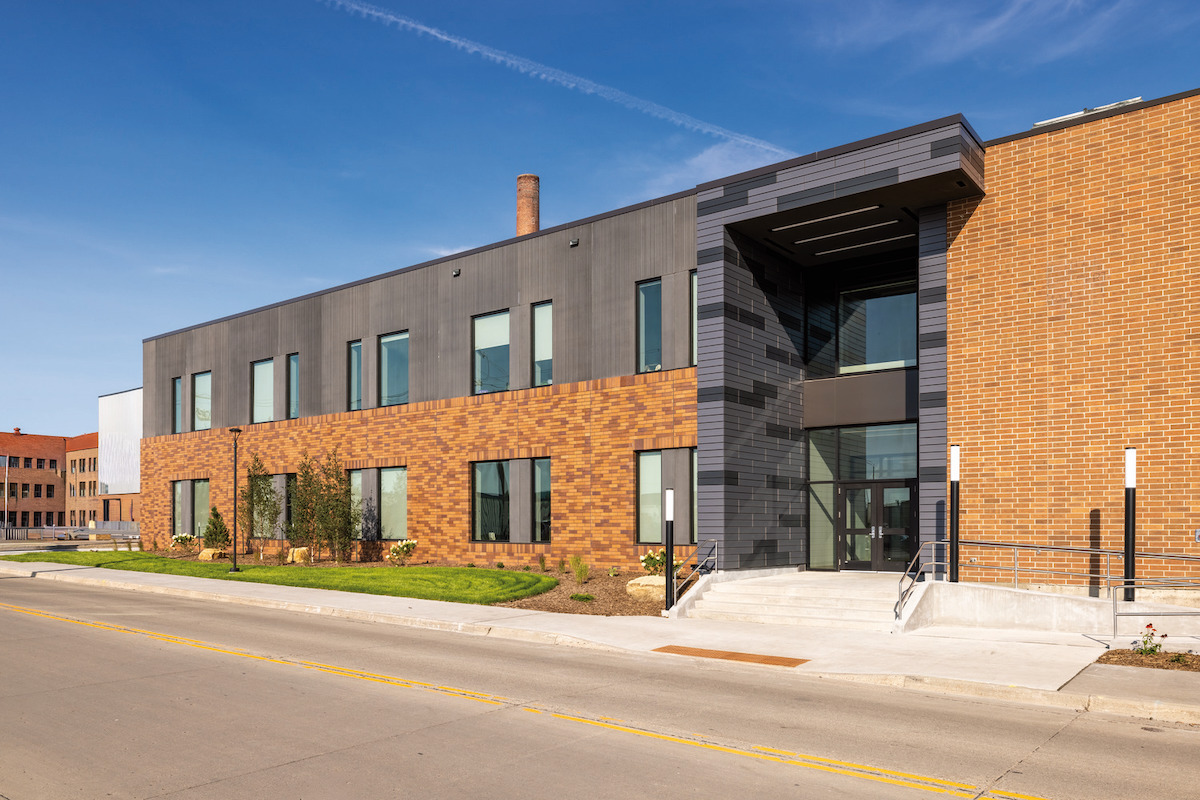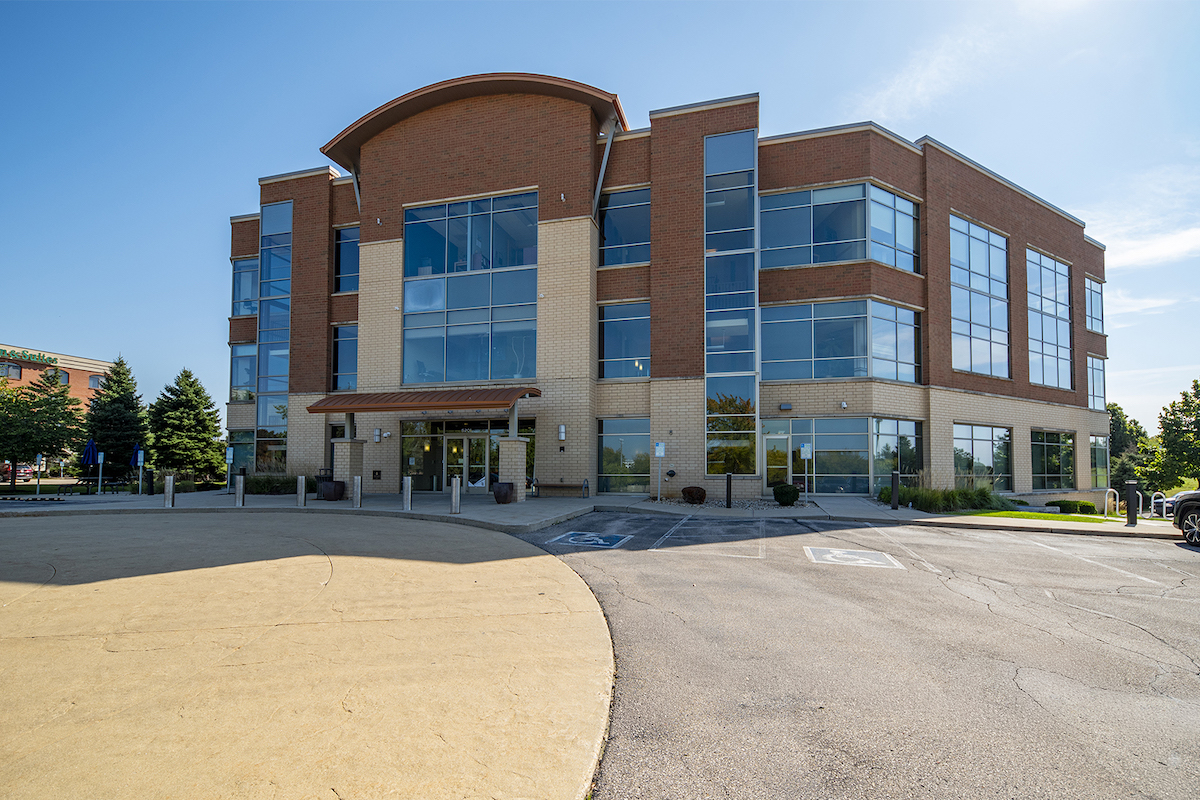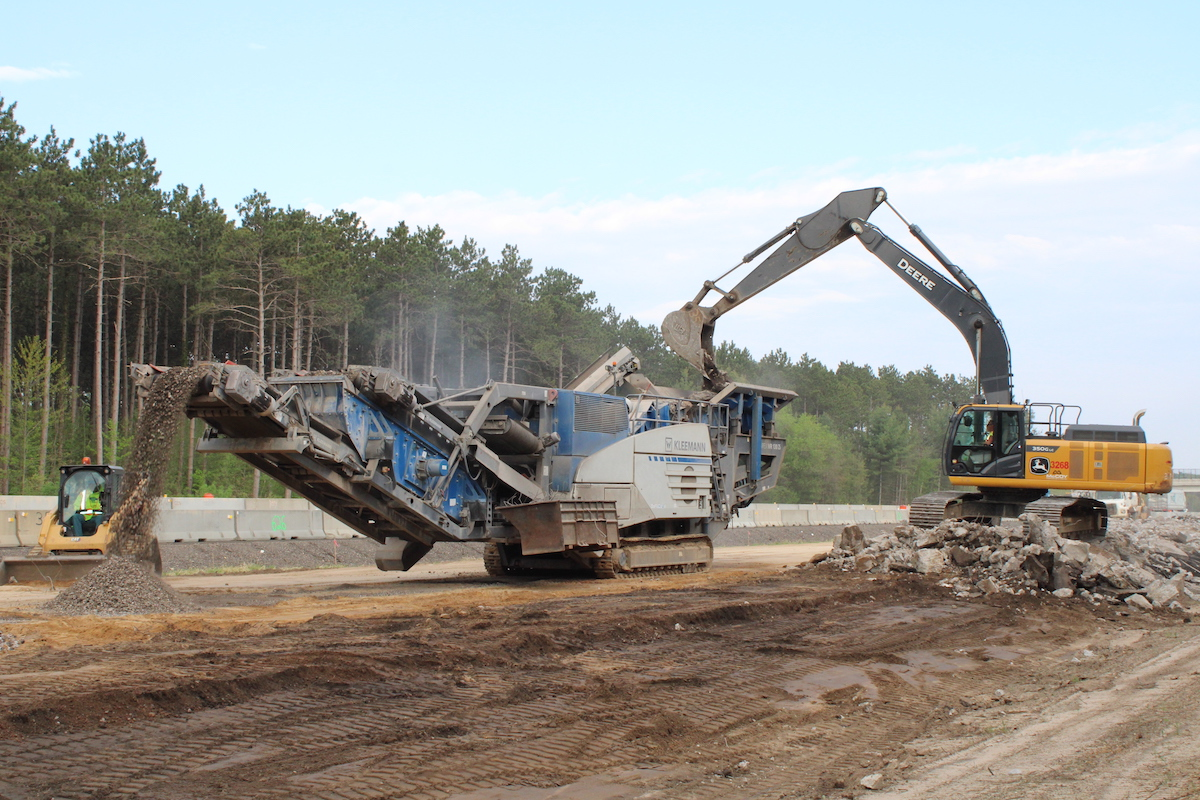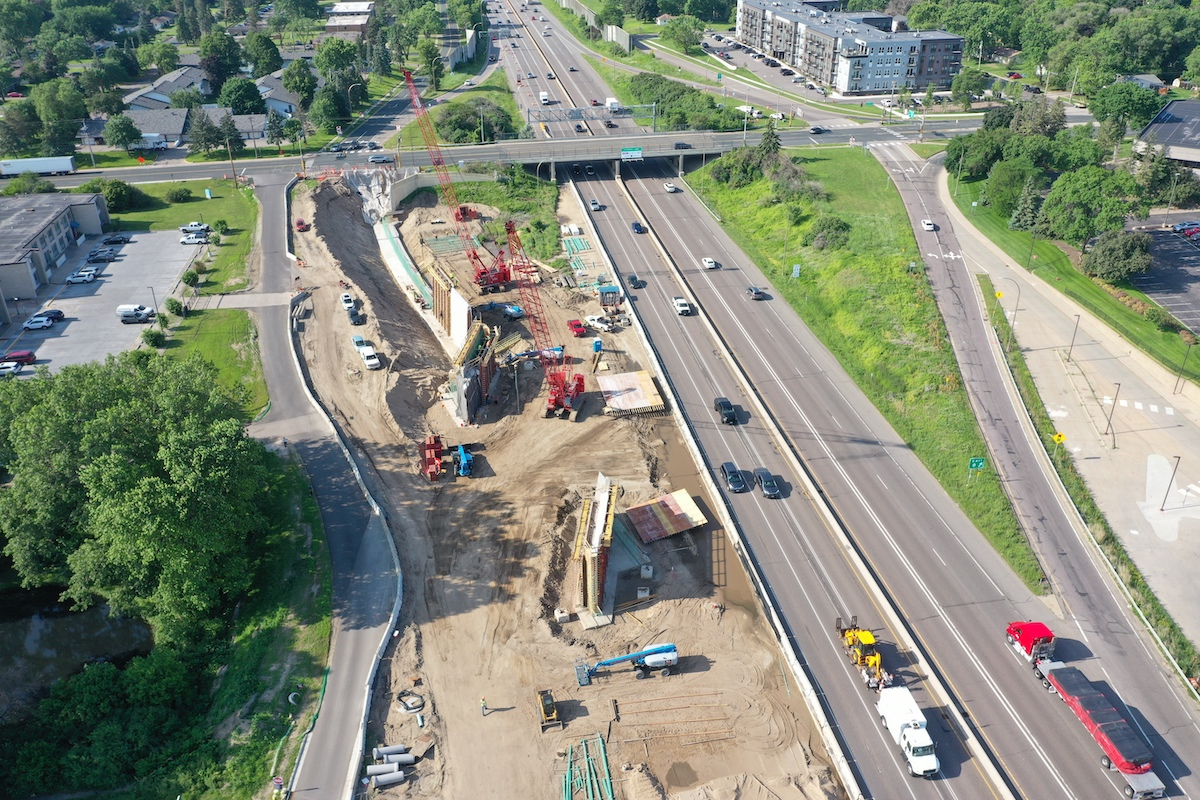As a demonstration in support of their Green Building Policy and Climate Action Plan, the City of St. Louis Park challenged HGA to create a zero energy building to serve as a teaching tool, demonstrating passive and active strategies for energy efficiency and stormwater management, in addition to showcasing interpretive exhibits highlighting Minnesota’s landscape and wildlife habitat.
Replacing a small, remote, and nondescript building from the 1980s, the 13,000-square-foot environmental learning center is on track to achieve zero energy certification and will be one of the first net zero energy buildings — certified by the International Living Future Institute — in the state, demonstrating net zero energy design is possible even in cold Minnesota winters.
The center comprises a series of multipurpose rooms used for environmental learning classrooms and public events, outdoor classroom space, an expanded public exhibit, staff offices, and additional flexible learning and support spaces. Connecting outside, the center houses raptor mews, and expanded parking welcomes more visitors.
HGA also used several analytical design tools, including solar radiation analysis, wind direction, and daylighting/glare analysis, to establish strategies and test efficiency through the design process.

| Your local Volvo Construction Equipment dealer |
|---|
| Nuss Truck & Equipment |
Some of the passive energy strategies used on this project include summer sun shading, winter sun solar collection, thermal mass walls that stretch most of the building’s length, and natural ventilation. Active strategies applied include solar photovoltaic panels, a geothermal wellfield, and in-floor radiant heating. The energy use of the building is continually on display through an interactive dashboard. Thirteen signs are also placed throughout the interpretive center and grounds to highlight the environmentally conscious strategies used.














